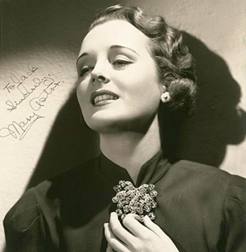Hey friends — we’re on the planning committee for a very exciting series of events coming up in May of this year: Marxfest, a month-long celebration of all things Marx Brothers in the brothers’ hometown, NYC.
You can check out the calendar of events (more are to be added very shortly) at marxfest.com.
We’ve launched a Kickstarter campaign to help cover expenses (this is not a for-profit endeavor), so please, view the video below and chip in if you can. Any amount is appreciated, but there are some very cool premiums available at various levels of support.
And by all means, please share this with every Marx Brothers fan (in other words, every right-thinking citizen of the world) you know!



